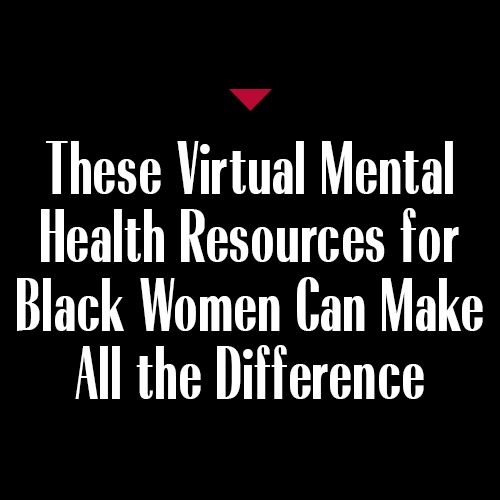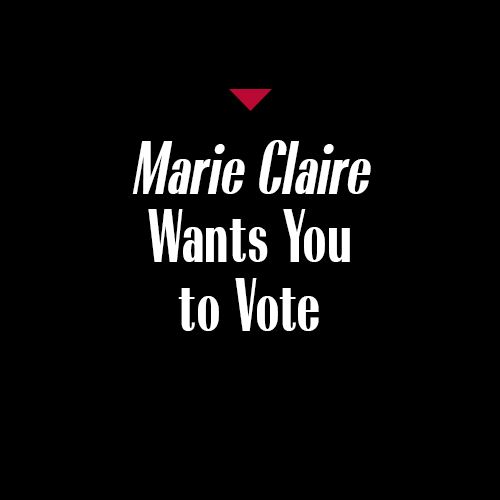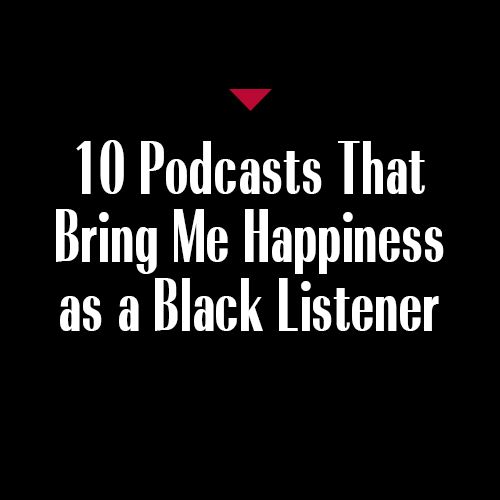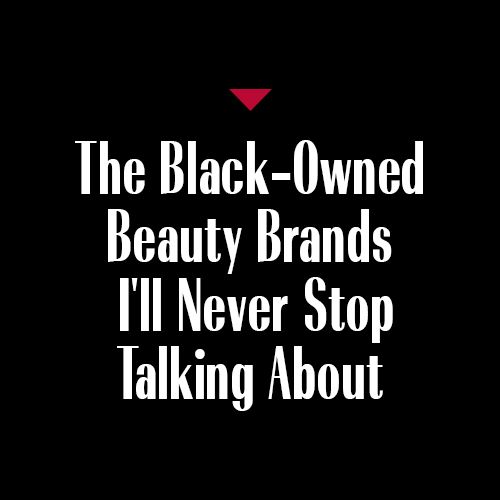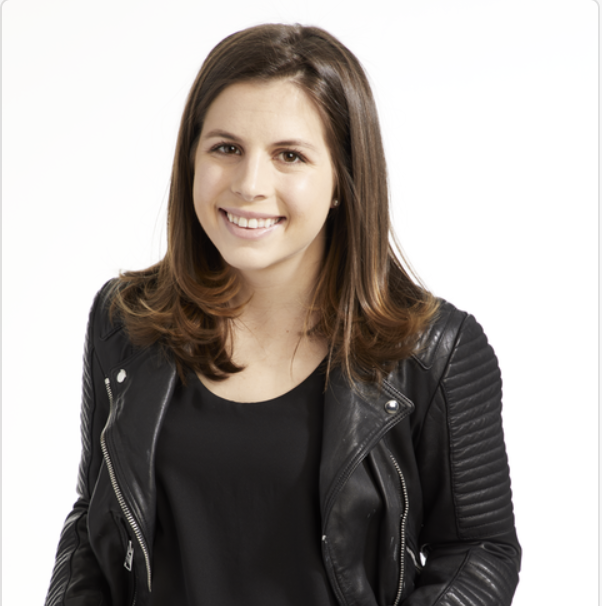The Black Women Artists to Have on Your Radar
These women are changing the game.
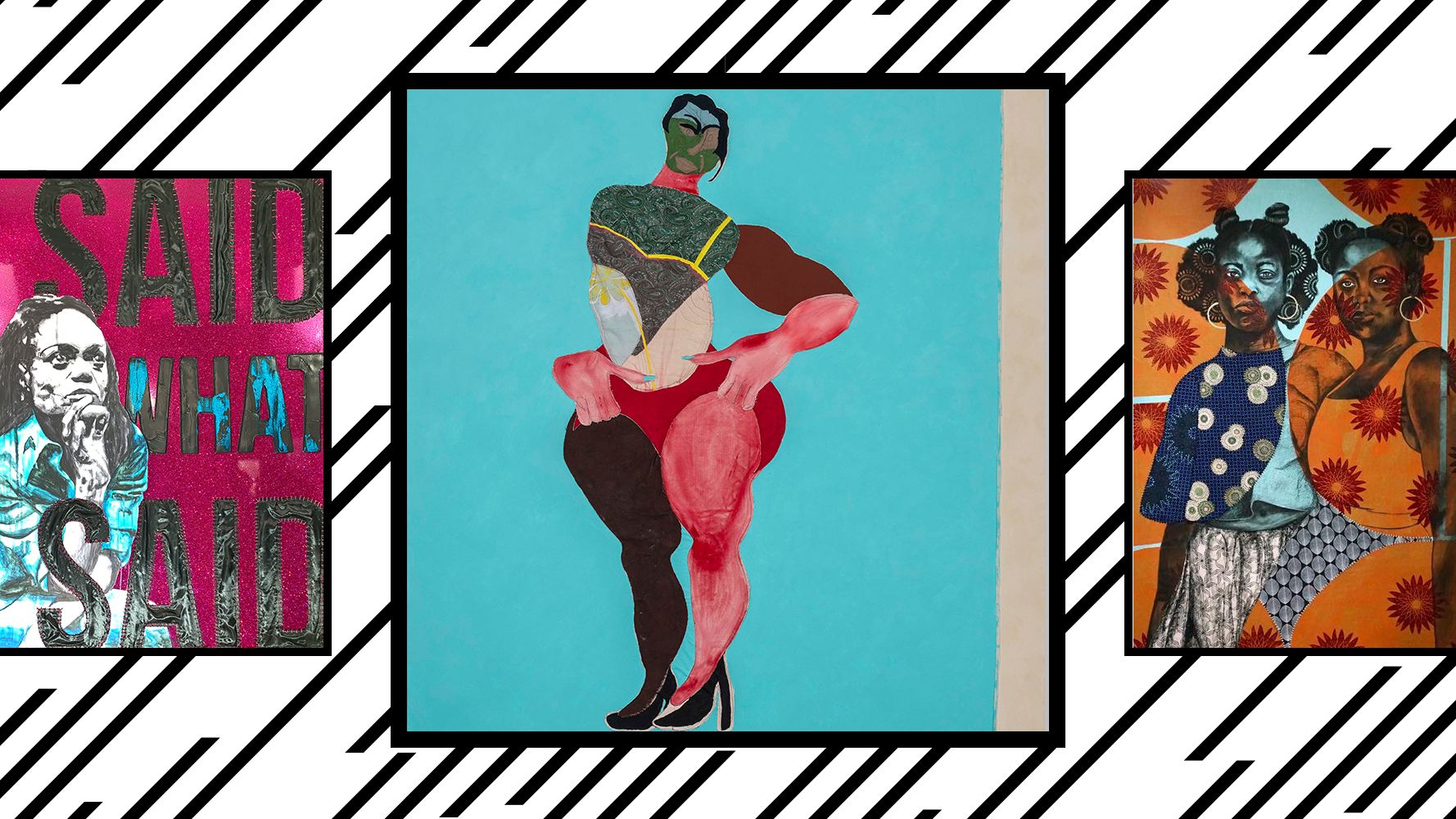
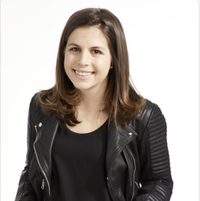
Museums may have shuttered for the summer, but that doesn’t mean we can no longer absorb and appreciate the art of female creators. Art has the incredible power to challenge, teach, and open our eyes to new perspectives. “One of the things that art does is it can actually challenge you to think more deeply or differently about identity, how we see it, or what we actually think it is,” says Isolde Brielmaier, curator-at-large at the International Center for Photography (ICP) in New York City and former executive director and curator of arts, culture and community at Westfield World Trade Center.
Though Black women artists have been creating power works for centuries, the mainstream art world hasn’t always been an inclusive space. “While it has a long way to go in terms of inclusivity and equity and parity,” says Brielmaier, “I would argue things have opened up a little bit. There's a greater number of Black artists that are being shown at institutions.” Below, we highlight just five of the many Black women artists shaping the art world and defining culture at large.
Saya Woolfalk
Saya Woolfalk’s work often uses elements of science fiction and fantasy to expose and contend with truths of the real world we live in today (she even designed a totally fictional race of women called The Empathics, often displayed in her work). The dimensions she creates in her work are fantastical enough to cause pause, yet close enough to reality to make one draw comparisons.
“There's something definitely utopic about the world that she creates,” says Brielmaier. “She's creating this universe that’s populated by these hybrid figures that are an amalgamation of different cultural elements. And some of them relate to her own background.” In fact, Woolfalk’s transnational background (she was born in Japan to a Japanese mother and a mixed-race father, and currently resides in New York) does indeed inform her unique style, a saturated and graphic exploration that’s distinctly hers.
Tschabalala Self
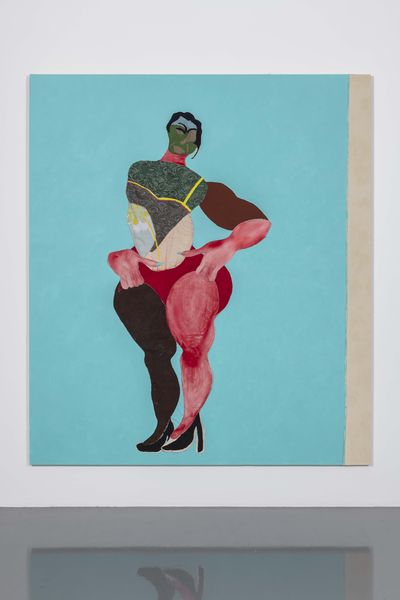
Leotard, 2019, Fabric, painted canvas acrylic on canvas
Famed for her paintings that put the Black female body in center focus, Self has swept through the art world faster than it takes paint (her main medium) to dry. After earning her MFA at the Yale School of Art in 2015, her work was put on display everywhere from the Baltimore Museum of Art to Art Basal, Miami. Self’s work has hammered for record-breaking prices, one even fetching $476,000 with fees, five times the initial estimate; she’s also collaborated with fashion designers, such as Louis Vuitton. You can catch her latest exhibit "Out of Body" at the Institute of Contemporary Art in Boston before it closes on September 7 (due to COVID, entry is limited).
Delita Martin
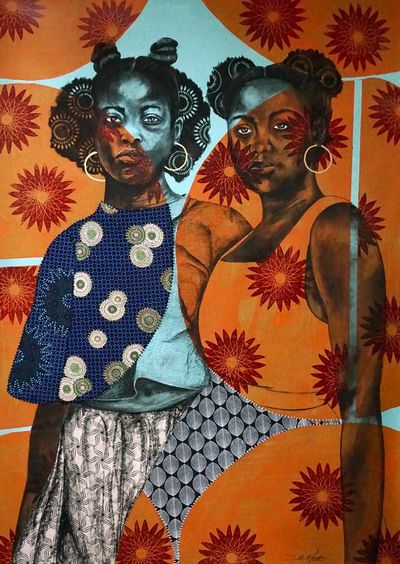
Star Children: I See God in Us series, 2019, Acrylic, Charcoal, Decorative Papers, Fabrics, Hand stitching, Liquid gold leaf
By fusing “signs, symbols, and language” from everyday life, Delita Martin is able to piece together the stories of marginalized Black women and represent those stories via striking figures. She often also draws generational connections and comparisons in her pieces, and her mother and grandmother serve as muses for many of her figures. Her multi-layered prints are seeping with bright color (a favorite hue is blue, which she says connects best to the spiritual world); her subjects are larger-than-life and command the canvas.
Until you can appreciate her pieces in person, for now, enjoy her work virtually: The National Museum of Women In The Arts in in Washington, D.C. is featuring a solo exhibit called “calling Down The Spirits.”
Get exclusive access to fashion and beauty trends, hot-off-the-press celebrity news, and more.
April Bey
April Bey’s work is incredibly vibrant and brimming with bright energy. It feels fun to look at, yet it grapples with difficult concepts, including race within an American, white supremacist system. “Her work is pleasing to the eye,” says Brielmaier. “But then when you scan the surface and get into some of the details, you realize that [it] packs a potent punch.”
Bey grew up in the Caribbean and now lives in Los Angeles; her collage-style work draws inspiration from global influences and often serves as a cultural critique of concepts including pop culture, feminism, social media and AfroFuturism (one series is entitled "Afrofuturist Womanism" includes a piece featuring the one and only Beyoncé).
Xaviera Simmons
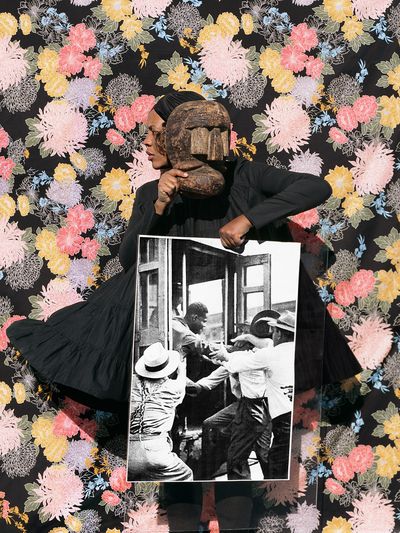
Sundown (Number Twenty), 2019.
Xaviera Simmons’ body of work is expansive, and over the years she has experimented with different mediums, including photography, video, performance, sound, and sculpture. The ability that Simmons has to navigate through different formats is transcendent.
“I don't think that she feels she has to adhere to kind of any one particular style or sort of vision of her work,” says Brielmaier. “And that's tremendous. You imagine that sense of freedom.” Simmons smashes the notion that an artist must stay within their own medium. Compelling and deliberate, her work (specifically, her work in photography) demands extended viewing.
Black Lives Matter
Megan DiTrolio is the editor of features and special projects at Marie Claire, where she oversees all career coverage and writes and edits stories on women’s issues, politics, cultural trends, and more. In addition to editing feature stories, she programs Marie Claire’s annual Power Trip conference and Marie Claire’s Getting Down To Business Instagram Live franchise.


